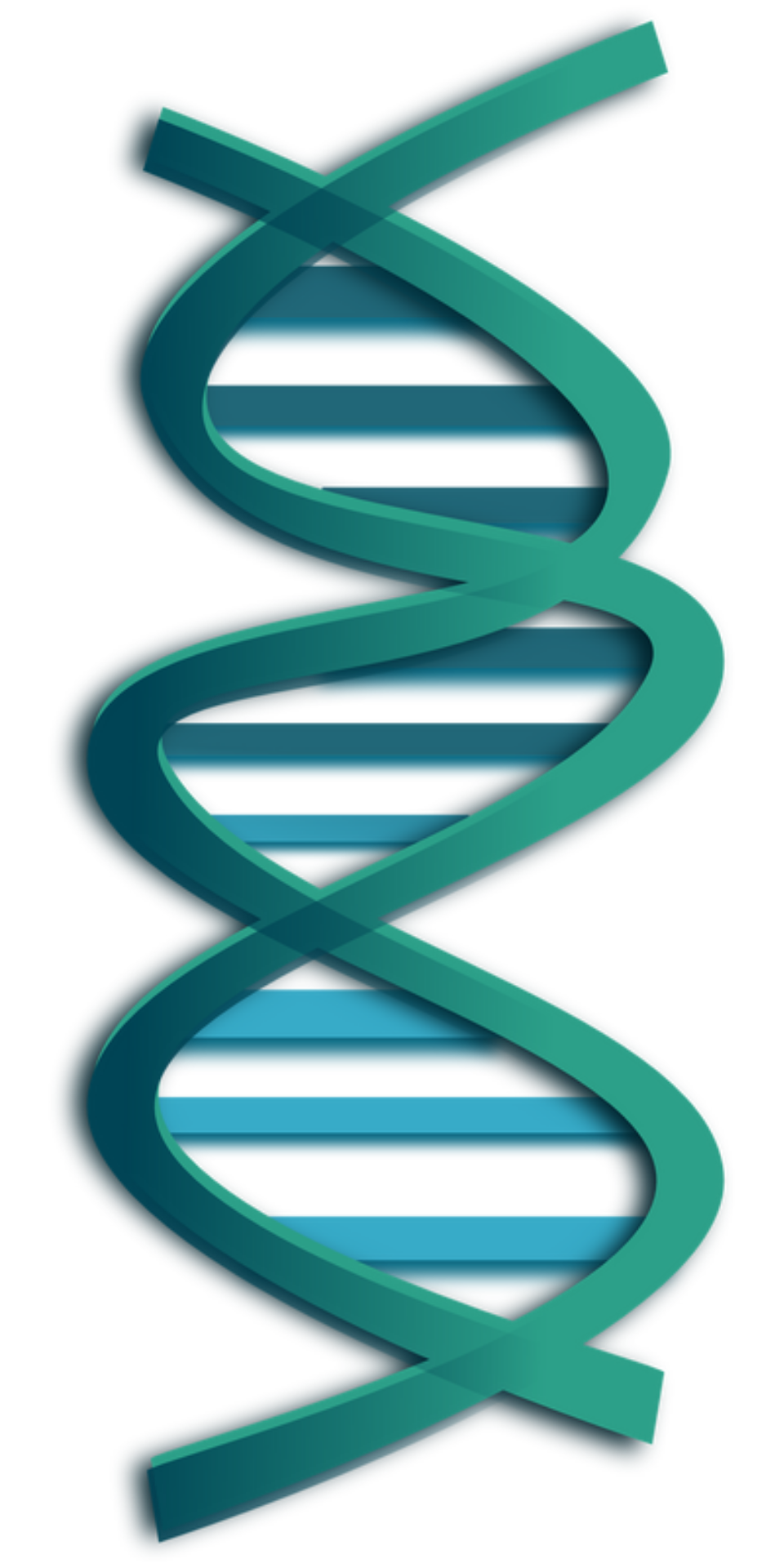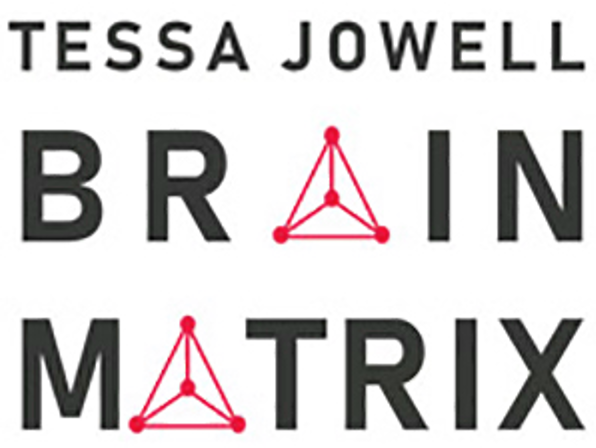DNA is the building block of life. It makes us who we are. Our DNA determines our hair and eye colour, and lots of other processes in our body.
However, sometimes changes occur in our DNA by mistake. These are known as mutations and this is how cancers can start.
In this post we will discuss:
- The basics of DNA
- What whole genome sequencing is
- Whole genome sequencing and brain tumours
- How The Brain Tumour Charity is using whole genome sequencing
- What more needs to be done to improve access to whole genome sequencing
Back to basics

We inherit our DNA from our parents – some from our mother and some from our father. Our DNA is in nearly every cell in our body.
DNA forms the double helix that so many of us are familiar with.
It is made up of four key components known as bases. These are adenine, thymine, cytosine and guanine or A T C and G for short.
When DNA is sequenced in a laboratory, scientists list lots of As, Ts, Cs and Gs, which they can then begin to decode.
A genome is all the DNA contained within a cell. The human genome contains about 3.2 billion base pairs1.
What is whole genome sequencing?
Scientists can sequence the DNA of lots of living things from bacteria to people.
Whole genome sequencing is a way to determine the order of the As, Ts, Cs and Gs which make up a living organism. It gives scientists the ability to have a deeper understanding of the organism they are sequencing.
Whole genome sequencing and brain tumours
Historically, pathologists diagnosed brain tumours under a microscope. As technology has advanced, the integration of whole genome sequencing is improving diagnosis and informing treatment plans for individuals.
Whole genome sequencing of brain tumours involves sequencing the DNA from a person’s tumour. Scientists can then identify the mutations in the DNA which may be causing the tumour. Tumour DNA is compared to DNA taken from the same person’s blood to identify any mutations.
Identifying any changes in the DNA sequence could help individuals with a brain tumour in a number of ways:
- Giving a more precise diagnosis and classification of the tumour
- Understanding and predicting how the tumour may behave
- Informing different treatment options that may treat a person’s tumour more effectively
- Providing scientists with a more detailed understanding of brain tumours to help them discover new drugs, which are so desperately needed
- Helping researchers find common mutations in brain tumour subtypes
How is The Brain Tumour Charity making the most of this technology?
We have funded the Tessa Jowell BRAIN MATRIX study.

This study aims to offer anyone in England who has had surgery, where brain tissue samples were taken, the option to have whole genome sequencing performed on their tumour.
BRAIN MATRIX is available to those newly diagnosed with a suspected Grade II-IV glioma and who are over 16 years old.
The study aims to recruit 1,000 patients in the UK over five years. It will follow them from diagnosis through their treatment.
It will not only support patients to receive the best treatment available, but will provide a platform for researchers to access important data about gliomas that will drive research to find more targeted treatments.
At the centre of this study is helping to improve glioma diagnosis using cutting-edge technologies such as whole genome sequencing.
Access to whole genome sequencing – what more needs to be done?
There needs to be equity of access to whole genome sequencing as a diagnostic tool for brain tumours.
There is currently access in certain areas of England, through the NHS Genomic Medicine Service2 – but more needs to be done to allow access to everyone in the UK (and further afield).
Improvements need to be made to effectively integrate all steps of the diagnostic pathway – from how tissues are processed, to how databases are integrated. Also, more work is needed to speed up the time it takes for a detailed diagnosis.
The BRAIN MATRIX study aims to make steps to overcome these barriers so that whole genome sequencing can be available to all brain tumour patients through the NHS wherever they are in the UK.
References
- https://www.genomicsengland.co.uk/genomic-medicine/understanding-genomics
- https://www.england.nhs.uk/genomics/
Donate today
To help us move further, faster towards a world where brain tumours are defeated.
